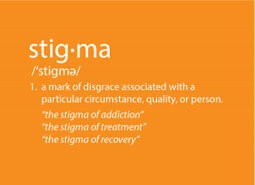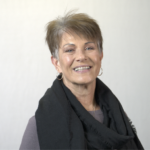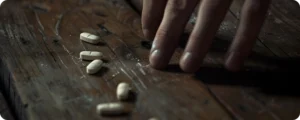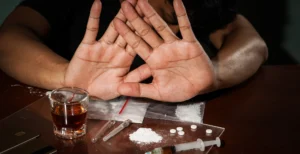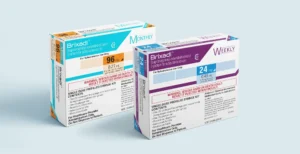Every 16 minutes a person in the United States dies from an opioid overdose.1 In roughly the time it takes me to scroll through Twitter, someone is dead who shouldn’t be. The story of a Michigan woman in the video that follows is a perfect example of how difficult and complicated care can be to come by.
MEDICATION-ASSISTED TREATMENT (MAT) FOR OPIOID ADDICTION
Like other chronic diseases such as diabetes or heart disease, Opioid Use Disorder (OUD) can be treated. The most effective therapy, Medication-assisted treatment (MAT), combines counseling or other behavioral therapy with medications approved by the Food and Drug Administration (FDA). The medications work to relieve the symptoms of opioid withdrawal and/or block the effects of opioids while behavioral therapies help patients improve coping skills with the intent of reducing the likelihood of relapse.2
In my infinite wisdom, I once believed that people who were using MAT were simply substituting one drug for another drug … and one high for another high—mind you I knew nothing about how medications used to treat OUD worked. High and mighty on my high horse, I shared my unsolicited opinions about MAT with the conviction that comes so naturally to the holier-than-thou part of me that lacks a leg, the facts or even anecdotal evidence to stand on. I thought I was right, but really, I was self-righteous.
Today, I believe that MAT is a viable part of the solution for so many people who have tried and failed to get—and stay—opioid free. I also believe in counseling, 12-step programs and other support groups. I believe that people who want help should be able to get help. Finally, I believe that medical and mental health professionals are both integral players in lasting recovery.
PROFOUND TREATMENT GAP FOR OUD
But there’s a problem that remains for so many who struggle with OUD: there is a profound treatment gap. MAT is often unavailable to those in need because of inadequate funding for treatment programs and a lack of qualified providers who can deliver these therapies. Only 23 percent of publicly funded treatment programs report offering any FDA-approved medications to treat substance use disorders, and less than half of private-sector treatment programs reported that their physicians prescribed FDA-approved medication.3
STIGMA
There’s that other problem, too: stigma. Any idea what the reaction is when an addict tells someone they are taking Suboxone (or another prescribed medication) as part of a recovery treatment plan? They frequently face a good deal of skepticism at the very least. Carrying the addict label, they struggle to find work and regain the trust of society at large and often face judgment in 12-step recovery communities because they aren’t viewed as “fully abstinent.” Far too many addicts who want help face a lose-lose scenario:
First, they lack access to treatment.
Second, they face stigma for getting treatment that has a medication component.
HELP & HOPE
Because of the story of the woman in the video, and the stories of so many others like her, I no longer perpetuate the MAT stigma. If someone can achieve abstinence from opioids with the help of MAT and begin a life of recovery and positive change, I’m all for it.
If you or someone you love wants to learn more about MAT, please call Freedom Healthcare Services at 412-453-8554, or use our contact form.
Look for more addiction and recovery topics from our experts soon.
1Rose A. Rudd et al., “Increases in Drug and Opioid-Involved Overdose Deaths—United States, 2010–2015,” Morbidity and Mortality Weekly Report 65, no. 50-51 (2016): 1445–52, http://dx.doi.org/10.15585/mmwr.mm655051e1.
2American Society of Addiction Medicine, “The ASAM National Practice Guideline for the Use of Medications in the Treatment of Addiction Involving Opioid Use” (2015), http://www.asam.org/docs/default-source/practice-support/guidelines-and-consensus-docs/asam-national-practice-guideline-supplement.pdf?sfvrsn=24.
3Hannah K. Knudsen, Paul M. Roman, and Carrie B. Oser, “Facilitating Factors and Barriers to the Use of Medications in Publicly Funded Addiction Treatment Organizations,” Journal of Addiction Medicine 4, no. 2 (2010): 99–107, https://www.ncbi.nlm.nih.gov/pubmed/20835350; Hannah K. Knudsen, Amanda J. Abraham, and Paul M. Roman, “Adoption and Implementation of Medications in Addiction Treatment Programs,” Journal of Addiction Medicine 5, no. 1 (2011): 21–7, http://www.ncbi.nlm.nih.gov/pubmed/21359109.

